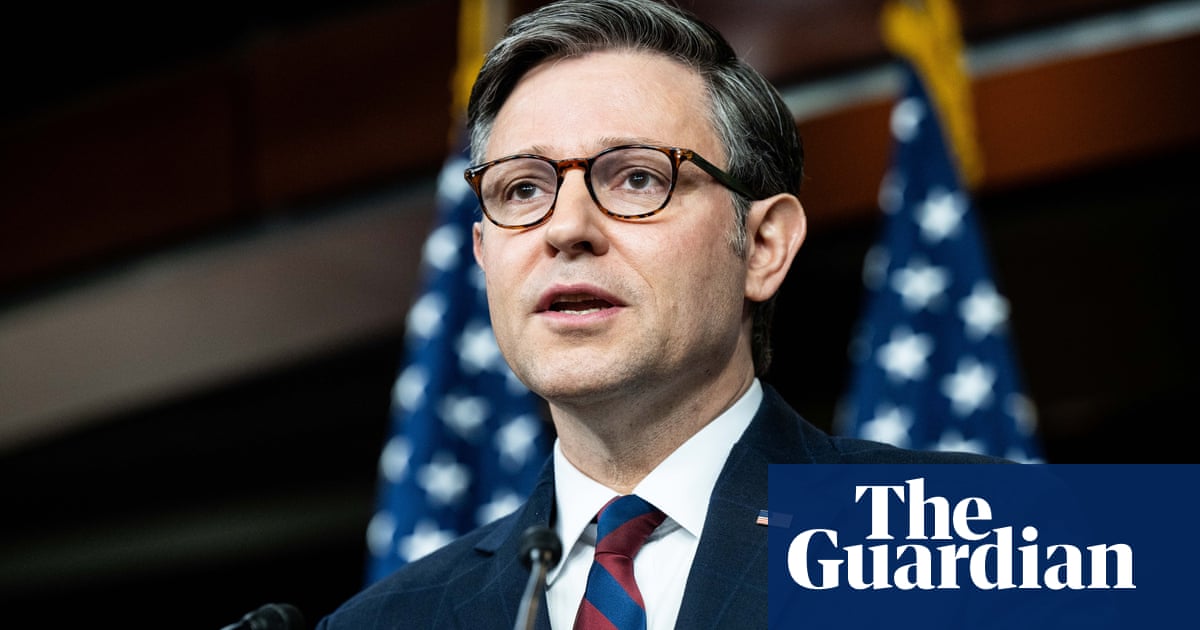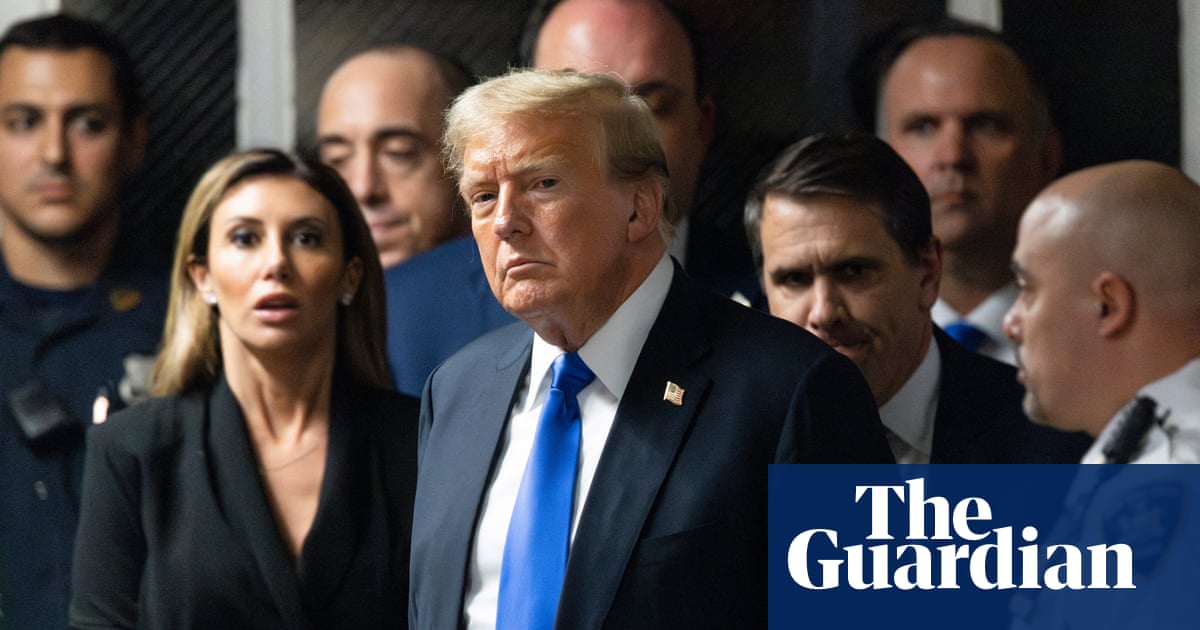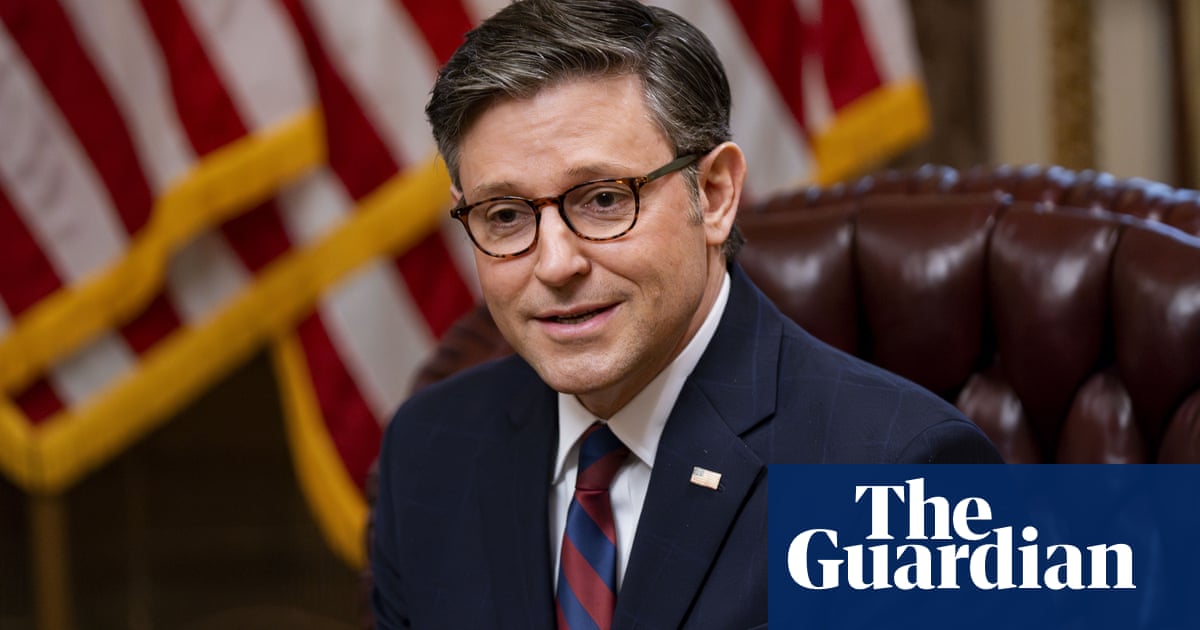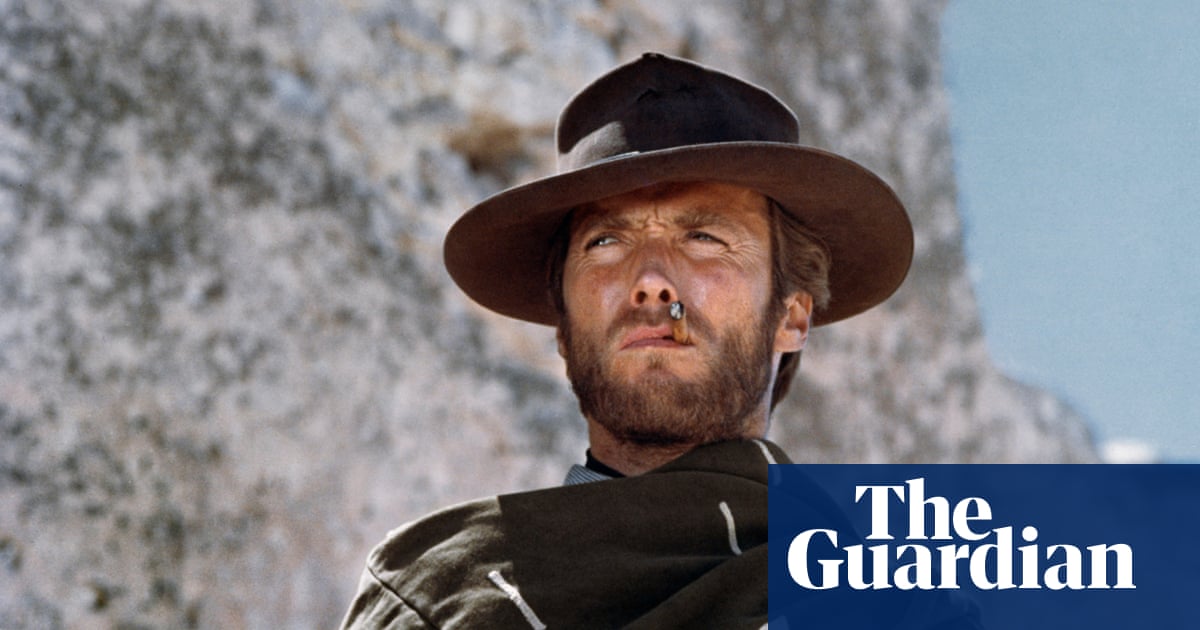On Thursday, a Manhattan jury found Donald Trump guilty of all 34 counts of conspiracy and fraud in a case stemming from payments that the former president arranged to cover up an affair with the adult film actor Stormy Daniels. The presumptive Republican nominee is now a convicted felon.
He was already an adjudicated sexual predator and fraudster. Trump once quipped that he could shoot someone on Fifth Avenue and get away with it. Maybe not.
Sentencing has been set for 11 July. Of course, it is unlikely that Trump will serve time in prison for what amounts to a bookkeeping offense. Rather, he could be placed on probation and required to report to New York City’s probation department, which has been described as a “humbling” experience. Regardless, the conviction does not disqualify him as a candidate or bar him from again sitting in the Oval Office.
Practically speaking, Americans who support Joe Biden must internalize that Trump’s conviction is unlikely to greatly affect his odds of being re-elected president – which are already far higher than many Democrats care to acknowledge. The betting markets are in his corner.
The deadline for further motions is 27 June, which is also the day of the first presidential debate. Trump, who denied the charges against him, had previously branded the trial “rigged” and a “scam”. As he exited the courthouse on Thursday, he told watching cameras: “This was a rigged, disgraceful trial. The real verdict is going to be November 5th, by the people.”
In the aftermath of his defeat in 2016 in the Iowa caucus and again after losing to Biden in 2020, he resorted to the same playbook. Regardless, his disgrace and lust for vengeance are real. Just look at January 6. Someone who would otherwise be barred from obtaining a security clearance could be the next president. For its part, the Republican party, the so-called law-and-order party, has embraced a convicted criminal as its standard-bearer.
Defeat in a New York courtroom, however, is not the same as a Trump loss in November. The 45th president possesses the good fortune of running against an 81-year-old with a halting gait and tentative mien.
The calendar will quickly test whatever boost Biden garners from his predecessor’s criminal conviction.
On 3 June, the trial of Hunter Biden on federal gun charges kicks off in Delaware. Seemingly clueless to this reality, the president hosted his prodigal son at a recent state dinner for William Ruto, the president of Kenya. Hunter Biden also faces a trial on criminal tax charges in early September, just as the fall campaign begins in earnest.
By the end of June, the US supreme court too may provide Trump with another boost. It is expected that the Republican-dominated high court will further slow the special counsel’s election interference case against Trump, ostensibly over the issue of presidential immunity.
Last, the first presidential debate is slated for 27 June. Four years have passed since Biden and a Covid-carrying Trump squared off before the cameras. Trump came in too hot while Biden bobbed and weaved. Biden also dinged fossil fuels, making the race in Pennsylvania closer than necessary.
However you slice it, Biden’s post-State of the Union resurgence is over. He persistently trails Trump in the critical battleground states. He runs behind the Democratic Senate candidates in places like Arizona, Michigan and Pennsylvania.
Let’s be clear, the rejection is to some extent personal. Unabated doubts swirl about Biden’s continued capacity to lead and govern. Most Americans view Biden as incapable of taming inflation, let alone securing the border.
“Working-class voters are unhappy about President Biden’s economy,” Axios reports.
Beyond that, the sting of inflation is actually sharper in the precincts of so-called red America. Ominously for the incumbent, his difficulties with non-college graduates cut across race and ethnicity.
David Axelrod, chief political adviser to Barack Obama, has taken Biden – Obama’s vice-president – to task. It’s “absolutely true” that the economy has grown under Biden, Axelrod told CNN, but voters are “experiencing [the economy] through the lens of the cost of living. And he is a man who’s built his career on empathy. Why not lead with the empathy?”
Instead, Biden keeps touting his own record to tepid applause.
“If he doesn’t win this race, it may not be Donald Trump that beats him,” Axelrod continued. “It may be his own pride.”
By the numbers, Biden leads among suburban moms and dads and households earning more than $50,000, but lags among people with lower incomes. His voting base bears little resemblance to the lunch-bucket coalition that powered Franklin D Roosevelt and John F Kennedy to the White House last century.
“We keep wondering why these young people are not coming home to the Democrats. Why are [Black voters] not coming home to the Democrats?” James Carville, the campaign guru behind Bill Clinton’s win in 1992, recently lamented. “Because Democrat messaging is full of shit, that’s why.”
Once upon a time, Carville coined the phrase: “It’s the economy, stupid.” Three decades have not diminished its truth or resonance.
Similarly, Biden ignores the reality that he must hug the cultural center as he tacks leftward on economics. Working Americans want stability, safe streets and a paycheck that takes them far. Campus radicals, riots and identity politics are a turnoff.
Both Trump and Biden have aged and slowed down since their paths first crossed. Trump continues to display manic stamina on the stump. In contrast, Biden’s events are uninspired, under-attended and over-scripted. For the president, “spontaneity” is synonymous with “gaffe”.
Whether Biden brings his A-game to the June debate may determine his fate. If he fails, expect a long summer for the Democrats. Indeed, the party’s convention set for Chicago may rekindle unpleasant memories of 1968. And we know how that ended.
To win, Biden must quickly capitalize on Trump’s conviction. The jury is out on whether the 46th president possesses the requisite skill-set.









